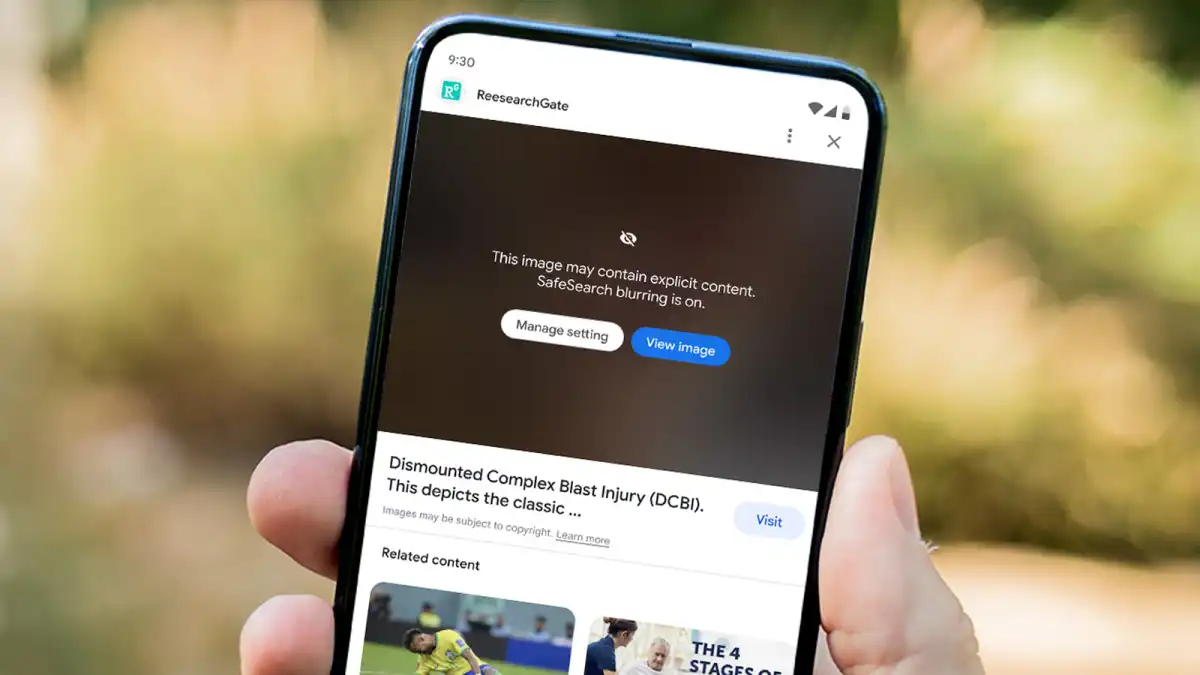Google SafeSearch filters explicit images, text and links from search results – providing parents with an effective tool to keep children safe online.
Setting up safe search settings on your personal account or web browser is straightforward and simple, yet locking them down so they cannot be altered is also possible by an art of work.
Filtering explicit content
Safe Search Settings filters explicit results (such as nudity, graphic sex acts and sexually explicit material, violence and gore) from search results, making it an invaluable tool for parents, students and anyone wanting to avoid adult content online. While it does work as intended, some users may still encounter explicit images and videos even with SafeSearch turned ‘on’.
Enabling Safe Search settings on both iPhones and Android devices is a straightforward process. Simply visit Google’s website, log in with your account, then adjust your settings accordingly to filter, blur or block explicit results while locking them into place – an effective way of providing children internet independence within prescribed boundaries.
If a site is classified incorrectly as explicit, it can take 2-3 months for Google’s system to correct this automatic decision. You can help Google categorize your pages more easily, helping prevent search results from being blocked due to censorship. By optimizing pages accordingly and making sure they meet proper criteria, this may speed up this process and reduce timeframes of overturn.
If you’re having difficulty convincing Google of the nature of your page, contact it directly and provide details of your request. Unless there are changes to its classification in future years, this should only need doing once per site.
Blurring explicit images
Google announced in a blog post timed for Safer Internet Day that they have enabled a default setting that automatically filters explicit images in search results for everyone. It’s one of several changes designed to defend democracies worldwide, safeguard high-risk individuals and improve password management.
Google details in its blog that in August 2021 it initiated SafeSearch filter by default for signed-in users under 18 to meet congressional pressure to protect children online across their products and services. As part of an attempt to meet that request, it plans to soon expand this feature to all people, regardless of whether they use a supervised account or not, though note that its effects won’t extend directly into other search engines or websites you visit directly.
Given that many children and teens use Google search on their own devices without parental oversight or controls enabled, expanding this filter makes sense. Not every account requires parental controls enabled for it.
The new feature automatically flags and blurs images containing sexually explicit material, gore or graphic violence in Search results. Furthermore, this will include accounts that don’t require supervision such as incognito mode; even when they have their default filter turned off.
Resetting your settings
Safe Search Settings provide parents with a useful tool to protect their children from inappropriate or explicit content online. This feature can block violent or pornographic movies, photos and websites as well as block harmful sites that could lead to malware infections, phishing attacks or scams.
If you have an account with Google, your settings should apply across any browser on any device or computer you use. However, if multiple people share one device at the same time, safe search settings may not apply to all of them as the user account and browser settings can sometimes override each other; to resolve this, reset your settings.
To reset your settings, launch your browser or navigate directly to its “Settings” option and choose Restore default settings from there. This will restore your browser back to how it was when first installed – this includes your browsing history, search settings, Accelerators, home pages, Tracking Protection settings and cookies!
GoGuardian, a free app, can also help your children avoid annoying ads by filtering keywords and blocking specific web pages across all their devices. Compatible with iPhones, Androids, and Kindle Fire models alike – GoGuardian will even block ad networks to protect them.
Troubleshooting
Safe Search Settings primary function is to protect children from accessing inappropriate images, videos and websites in search results. While this feature is great, disabling it could prove frustrating as doing so exposes users to potentially harmful material without filtering such as sexually explicit photos, gory images and violent videos – something users would otherwise be protected against by SafeSearch.
However, there are ways to address this problem. One option is DNS Filtering which enforces safe search settings across your network by forcing all devices using that router to use them. You could also utilize filter applications like Tech Lockdown or Prisma Access on Windows computers running filter apps to apply transparently those same settings to individual devices.
If you are still having issues with Google’s Safe Search Settings, consider clearing cached data, updating your browser and uninstalling other programs which could affect it. Alternatively, install the SafeSearch app on mobile devices to ensure safety settings are locked regardless of web browsers used for search queries.
Modifying the hosts file on your Mac to force Google Safe Search settings is another method you can take in order to make them the default solution for all software and networks on your computer. Although maintaining this file manually is sometimes complex and time consuming, but doing so could make Google SafeSearch settings work properly across your entire computer system.
















Leave a Reply